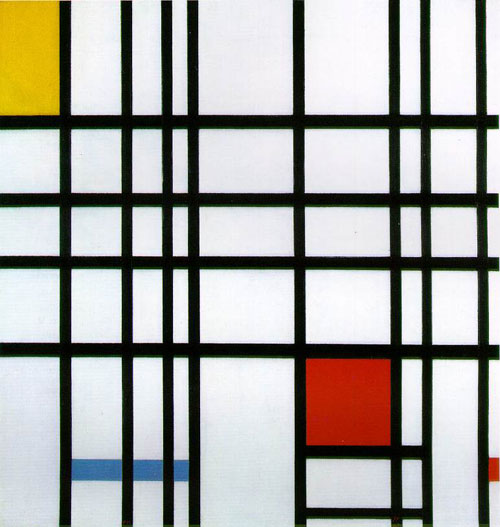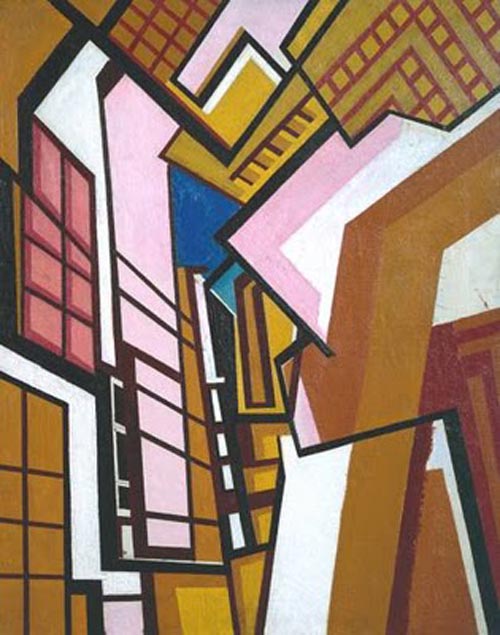Who does not know of or seen Les Demoiselles d´Avignon? When the master Pablo Picasso painted it in 1907, it was considered the most emblematic work of a new artistic avant-garde movement: Cubism. Paul Cézanne was the father of Cubism, which is characterised by his geometric vision of the reality and the influence of primitivism. It is a landscape that becomes a jumble of squares and triangles, minimizing the details to be seen in several views of the same subject.

There are no more Renaissance classic rules of the perspective: there is a decomposition of the space and there is no concern for detail, the palette of colours loses in sheen and its filled with brown, grey and beige tones; the collage technique appeared; their favourite subjects are the nudes, the objects and the urban scenes.
“Les Demoiselles d´Avignon” is a good example to illustrate and understand the keys of Cubism. This is a group of five prostitutes of the Avinyó Street in Barcelona (in the Gothic quarter), represented among the curtains of a brothel. Some seem to have an African mask instead of a sweet face, because Picasso and other artists of the twentieth century were passionate about primitivism. The bodies have no feminine forms, but are more masculine, heavy and geometric.
The theme of the nude is a classic, because it suggests women in the bathroom and it is, precisely, in the “The Turkish Bath” by Dominique Ingres, in which Picasso was inspired. But he gave a revolutionary performance. It is only in 1916 when this painting was exhibited at the Salon Table d´Antin. In 1939, the Museum of Modern Art in New York bought it for about 20 000€. Today, along with Guernica and Ready Made by Marcel Duchamp, this is a work of prime importance for understanding the evolution of the history of art.
Until 1914 Cubism was developed in two stages: the analytics (1909-1912), during which there is the tendency to decay the forms and figures, leading the artist to a meticulous study of reality; the synthetic (1912-1914), which comes to represent objects with a single detail, minimizing the keys of representation: a violin is a string. Collages were the favourite techniques used for this.
The geometric volume and the colour prevail above all. These two patterns gave birth to all the other artistic movements of the twentieth century: Futurism, Russian Constructivism and abstraction. With the First World War, the Cubism movement lost several artists because they went to fight – but it has had such a great influence that it has never disappeared.
Travel to the charming capital of avant-garde art, Paris. In the heart of the Marais is the Georges Pompidou Center where a stunning permanent collection of Cubist works is represented. Rent Paris Apartments, they are so cheap and comfortable that any excuse is worth it to organize a cultural trip in the French capital.

 English
English

